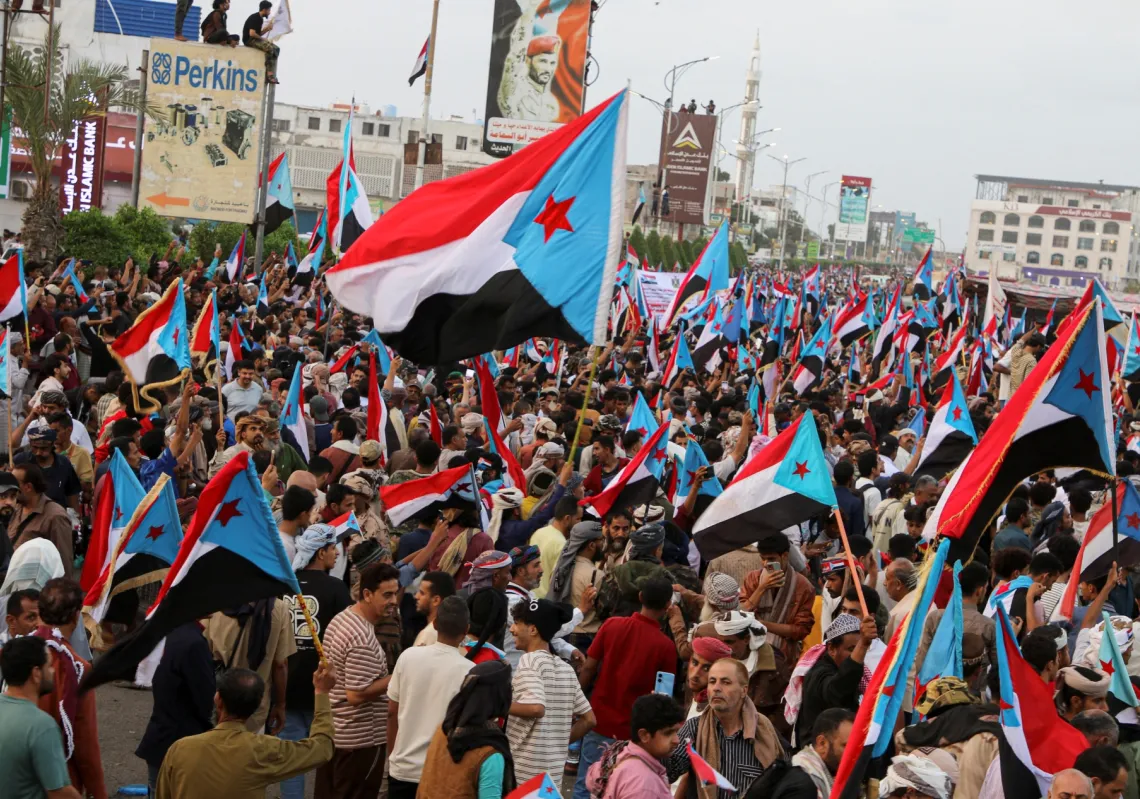 US President Richard Nixon and with National Security Advisor Henry Kissinger arrived in Tehran on 31 May 1972 and met with the Shah © IICHS [/caption]
US President Richard Nixon and with National Security Advisor Henry Kissinger arrived in Tehran on 31 May 1972 and met with the Shah © IICHS [/caption]
In April 1972, Soviet Prime Minister Alexei Kosygin traveled to Iraq to finalize a deal with the Ba’athist regime of Hassan Al-Bakr and Saddam Hussein. The agreement, known as the treaty of friendship and cooperation, would lead US policymakers to conclude that Iraq was becoming a Soviet satellite. US President Richard Nixon decided to launch a CIA covert operation aimed at arming and funding Iraq’s Kurdish rebels, led by Mulla Mustafa Barzani.
The fifteen-year Soviet–Iraqi agreement was signed on 9 April 1972. While the wording of the treaty appeared deliberately vague, the CIA believed cooperation would be far more targeted in practice. In particular, the Soviets would provide support to Iraq in the event of internal or external disturbances. This, of course, was directed at three potential sources of conflict: internally, the Kurds, who had been fighting a revolt against the Iraqi central government for over a decade; externally, Iran, which often skirmished with Iraqi forces along the 700-mile border; and Israel, should it attack Iraq directly. The treaty also allowed for the establishment of a Soviet naval base at Iraq’s only Gulf port, Umm Qasr, much like the longstanding US base in Bahrain, and provided for Soviet access to Iraqi airfields and air transit rights. This was significant because it improved the Soviet Union’s strategic position vis-à-vis the Gulf in the event of a third world war against the United States. Lastly, the treaty made clear that Iraq was taking the Soviet side in the Cold War.
The Soviet–Iraqi treaty of friendship and cooperation represented a major symbolic and psychological victory for the Soviet Union in the Cold War. Indeed, after more than two decades of US containment, the Soviets appeared to have outflanked NATO and CENTO to established themselves in the Gulf.
Given the sudden turn of events, it would make sense that the Nixon administration would scream bloody murder and denounce the treaty. And yet, the White House’s assessment of the treaty was nothing short of remarkable, describing the treaty as “nothing surprising or sudden but rather a culmination of existing relationships.”
This reaction, however, did not reflect a US disinterest in Iraq; rather, it corresponded with the Nixon administration’s wider political priorities. The US response was so muted because Nixon and his national security advisor, Henry Kissinger, did not want to scuttle the far more important policy initiatives underway at the time.
The spirit of détente was in the air throughout the spring of 1972, following Nixon’s surprise visit to Beijing in February, which paved the way for the Moscow Summit that was set for May. Just ten days after the Soviet–Iraqi treaty was signed, Kissinger arrived in Moscow for preliminary talks on the summit, which would lead to the Anti-Ballistic Missile (ABM) treaty and the Strategic Arms Limitations Treaty (SALT-I).
The Nixon administration’s response to the Soviet–Iraqi treaty was designed to safeguard the chance of success for more significant Cold War initiatives. Even so, this did not mean that Nixon and Kissinger were resigned to doing nothing.
On 31 May, Nixon and Kissinger arrived in Tehran following their successful diplomatic exchange at the Moscow Summit. During the course of the visit Nixon would make a number of key decisions that would have considerable long-term consequences on the region.
First, Nixon told the Shah that the US would “not let down our friends” and agreed to furnish Iran with modern weaponry, including F-14s and F-15s, which would balance the Soviet Union’s recent commitment to provide Iraq with the ultra-modern Mig-23 jets.
Famously, the Pentagon also mistakenly interpreted this decision as giving Iran unfettered access to all non-nuclear US weaponry, which would lead Iran to waste its accumulating petrodollars on arms purchases rather than economic and social development. Nevertheless, this decision makes clear that Nixon intended Iran to play a major role in the region.
The second decision concerned Iraq and the Kurdish revolt. On the first day, the Shah told Nixon that he was afraid the Soviets were going to pull together the national front coalition, including the communists and Kurds, and warned that the Kurds, instead of being a thorn in the side of Iraq, could become a communist “asset” to be used against Iran and Turkey. When Kissinger asked what could be done, the Shah replied, “help with the Kurds.” In the end, Nixon accepted the Shah’s argument and agreed: “American participation in some form was needed to maintain the morale of such key allies as Iran and Jordan, disparate as their motives were, and as a contribution to the regional balance of power.” With this decision, the US began its role in the tragic drama that would play out over the course of the next three years and eventually lead to the Shah selling the Kurds out in return for a meager border concession. It was a tragedy of epic proportions.









